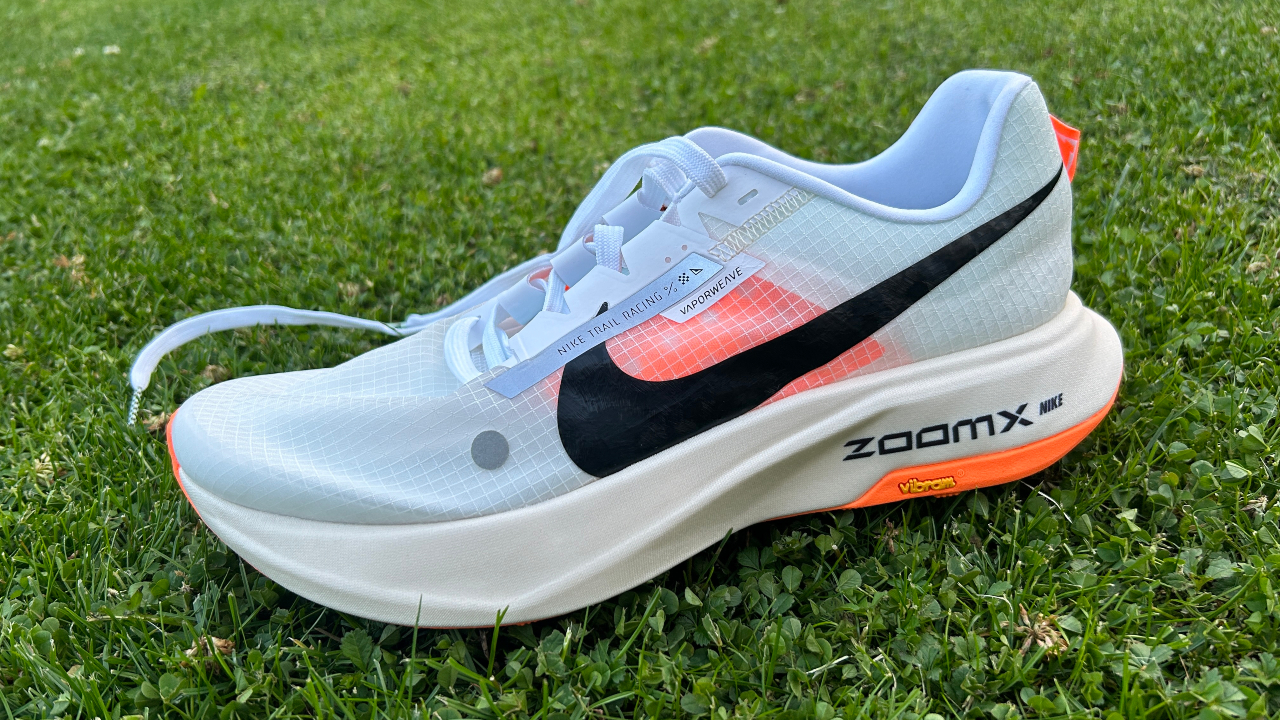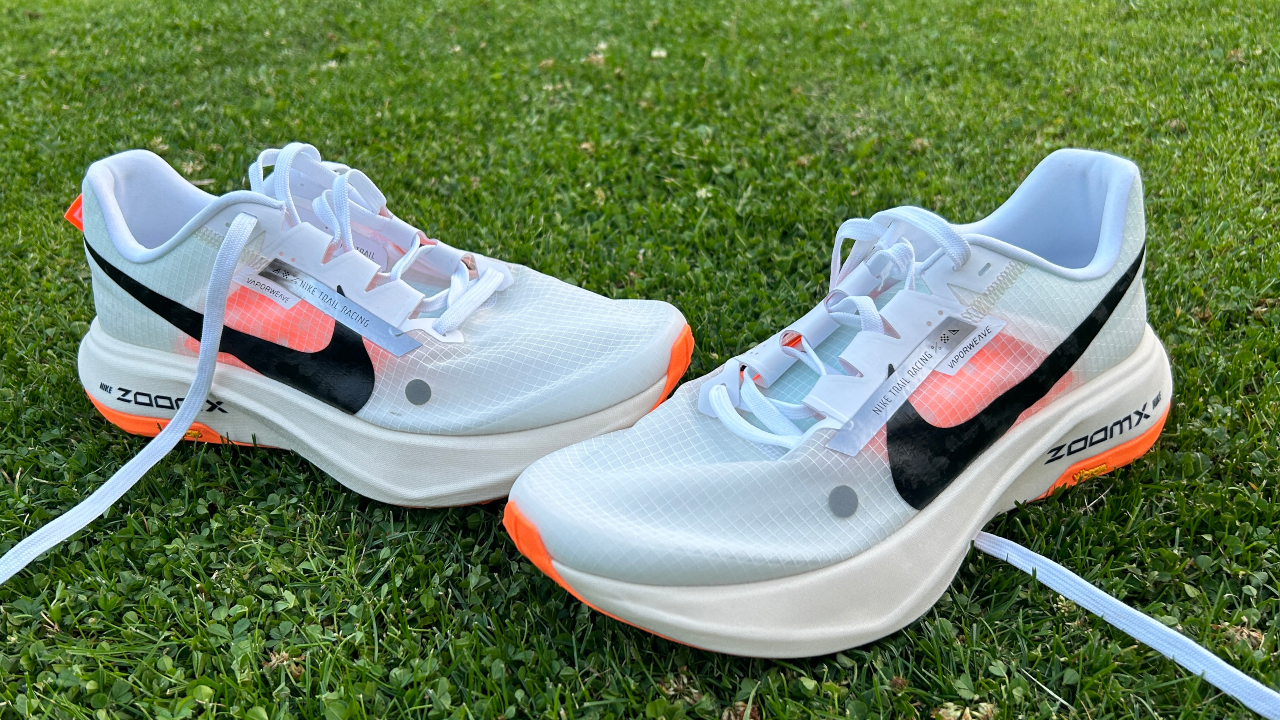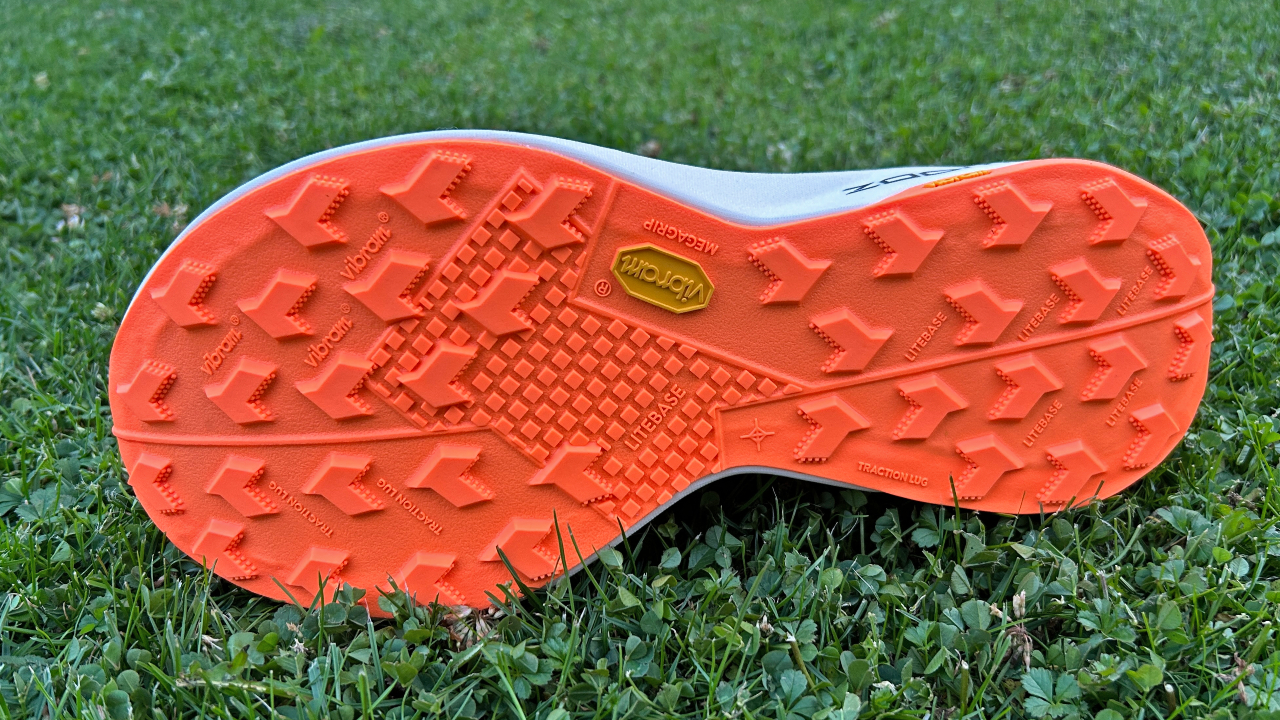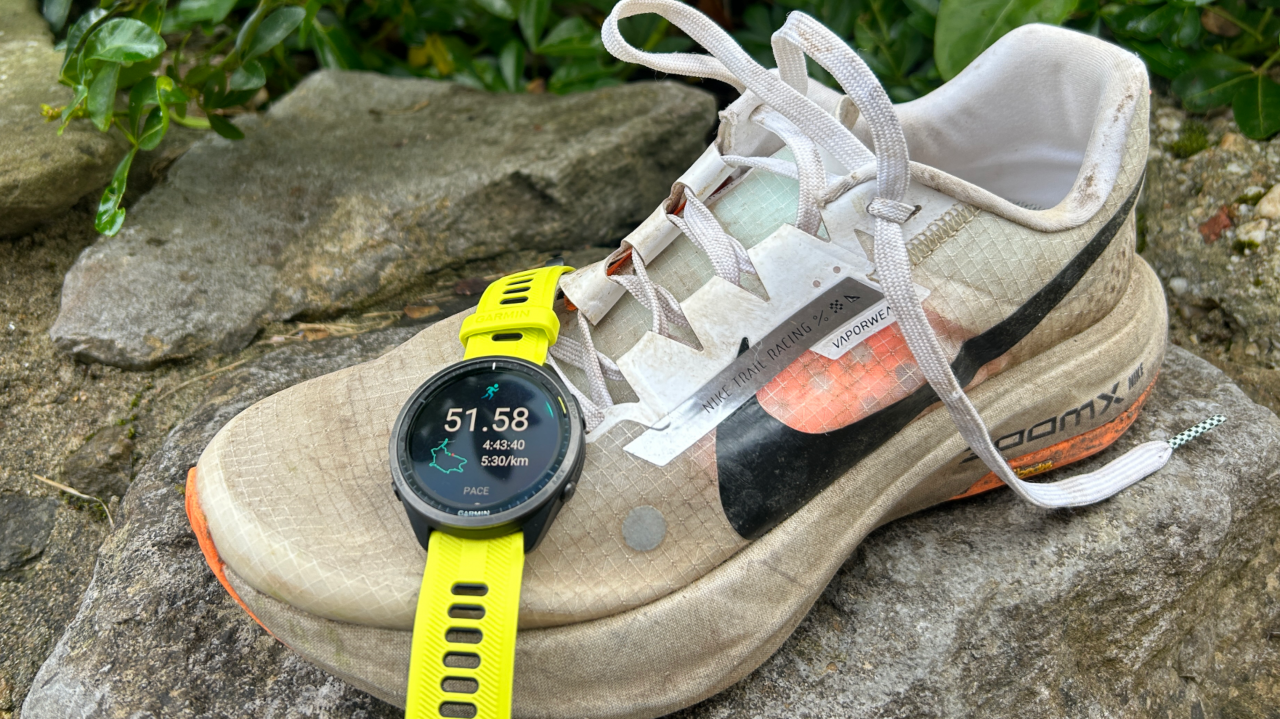
The Nike Ultrafly may have the same carbon plate and ZoomX foam in the midsole as the brand’s road racing shoes, but this isn’t a Nike Vaporfly for the trails. The focus of this shoe is on long-distance events, with comfort and stability prioritized over the speed and bounce of the lighter Vaporfly and Alphafly road shoes.
It’s one of the best trail-running shoes available for ultra-marathons, but given the quality of shoes available for less—including other excellent carbon plate running shoes—the high price is off-putting. Also, the upper lacks the protection you expect for off-road running
Nike Ultrafly Review: Price And Availability
The Nike Ultrafly launched in limited quantities in July 2023 ahead of its full launch in August. It costs $250 in the US and £250 in the UK, which makes it the most expensive trail shoe I’ve tested.
How I Tested This Shoe

I’ve run just over 50 miles (80km) in the Nike Ultrafly, including a 32-mile solo run around the varied trails of the Gower peninsula in south Wales. I have also tested several other carbon plate trail-running shoes, including the Hoka Tecton X2, Saucony Endorphin Edge and The North Face Summit Vectiv Pro.
Design And Fit
It might feel different when running but the Nike Ultrafly shares a lot of characteristics with the Nike Vaporfly, just with adaptations to features to make them more suitable for the trails.
The midsole is a clear example: It is the same Peba-based ZoomX foams as used on the Vaporfly, though with the Ultrafly this foam is wrapped in fabric. This protects the foam from abrasions when running off-road and limits how squishy it is underfoot, which reduces the bounciness of the foam but also makes the Ultrafly more stable than the road shoes with ZoomX midsoles.
To help the transition from heel to toe, the Ultrafly has a mild rocker, aided by the carbon plate that runs through the midsole. The shoe has a stack height of 38.5mm at the heel and 30mm at the forefoot for an 8.5mm drop. It’s a higher stack and drop than you’ll find on most trail shoes.
A ZoomX midsole with a carbon plate on a trail shoe is exciting, but perhaps the bigger news with the Ultrafly is that Nike has worked with Vibram on the outsole. Nike’s track record with in-house trail shoe outsoles isn’t good, with the rubber used often failing to find grip on wet surfaces.

Most shoe brands outsource their outsoles, and Vibram is one of the best options for trail-running, with its materials used in Hoka’s line-up among others. The Ultrafly has shallow chevron-shaped lugs with large flat sections. This points to the fact it’s mainly designed for harder trails, yet in my experience it does grip well on grass and patches of mud too, even if extended muddy runs aren’t a good idea.
The upper is made from Vaporweave, the material used for the upper on the original Nike Vaporfly NEXT%. It’s a material that will resist rips, but there is little in the way of protective overlays. It feels like a road upper, which is comfortable but also means that when running on overgrown trails the tops of your feet have minimal protection.
Though the Ultrafly fitted well in my normal size it has a wide toe box. This is good for stability and for comfort on ultra-distance runs, when your feet swell up, but can make it hard to judge where the shoe is. I occasionally clipped my ankle with the side of the other shoe, or caught the edge of rocks that I didn’t think I was landing on. It’s something you have to get used to.
At 10.6oz/300g the Ultrafly isn’t lightweight, though it’s not unduly heavy for such a well-cushioned shoe aimed at ultra-marathon events. Its weight makes it less suitable for shorter races, though.
Running Performance

I got the Nike Ultrafly in time for a holiday in Gower, Wales. This was ideal because it was ahead of a week of trail running, and I had a 30-mile run on my plan as part of my preparation for my first ultra-marathon event.
I did three runs in the shoe over the week, tackling a variety of trails, including forest paths, muddy fields, grassy and rocky clifftops, sandy beaches and long stretches on road as well. All of the runs were mostly at fairly slow paces, especially the 30-miler that turned into a run/walk up a big hill over the final few miles.
The Ultrafly is comfortable. Even when doing my first ultra-distance run lasting almost five hours, I experienced no rubbing or discomfort on my feet, and my legs felt well protected. When hitting flatter sections it felt easy to tick over in the shoe at a reasonable pace, almost as if I could recover in those spells ahead of hard climbs, thanks to the efficiency benefits of the plate and rocker.
I found that the Vibram outsole did a great job on anything I came across. I had only one notably tricky steep descent on jagged rocks, but the shoe gripped well there and was fine on the mostly dry grass and odd patch of mud I came across.
The Ultrafly didn’t feel great when I tried to increase the pace on other runs. It’s not springy like the Vaporfly, and it’s too heavy and large to feel nimble and quick. Its strength is helping you to maintain those slower ultra paces for a long time, which it excels at because of the comfortable midsole.
The upper, however, needs work. I wasn’t running on especially rugged trails, but I did have to push through long grass, reeds and other foliage at times, and the upper does little to keep this at bay. You also get little protection from roots or rocks with it, and at some point on your runs there’s a good chance you’ll get a thorn in the foot or stub your toe.
Is The Nike Ultrafly Worth It?

The Nike Ultrafly is a great shoe for long-distance events on tame trails, and it is the shoe I plan to use for my first ultra-marathon this year. This will be a 50-mile event on easy forest paths, assuming there’s not too much rain in the week before that race to muddy up the route. However, it is not without its drawbacks, and the price is high when you can get excellent plated shoes like the Hoka Tecton X2 or Saucony Endorphin Edge for less.
Those shoes are lighter and, though not as comfortable, they’re faster for shorter events while still cushioned enough for long distances. I’ve also just started testing the Asics Fuji Speed 2, another plated shoe which is much cheaper than the Ultrafly and a faster, more nimble option with a stronger upper. If you’re not planning on going long in your events, the benefits of the Ultrafly are reduced and other shoes are cheaper and better.
There are also excellent non-plated options for ultra distances that are cheaper while being similarly comfortable to the Ultrafly, such as the Saucony Xodus Ultra 2 and Hoka Speedgoat 5. I’m still not entirely sure the plate adds enough to the performance of a trail shoe to make it worth the extra cost, and if you’re mainly just looking to complete an ultra rather than race hard, the Speedgoat or Xodus Ultra 2 will work well.







